
To celebrate the 39th anniversary of Shannon Lucid’s first spaceflight on 17 June 1985, Assistant Curator Lucy Twisleton takes a closer look at the career and legacy of this pioneering astronaut and biochemist.

To celebrate the 39th anniversary of Shannon Lucid’s first spaceflight on 17 June 1985, Assistant Curator Lucy Twisleton takes a closer look at the career and legacy of this pioneering astronaut and biochemist.
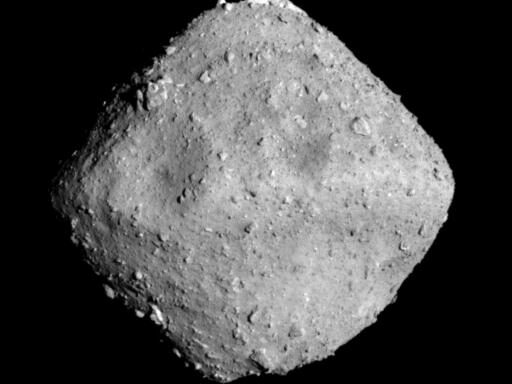
As members of the public get a chance to name an asteroid, Curator Abbie MacKinnon explores how these celestial bodies get their names.
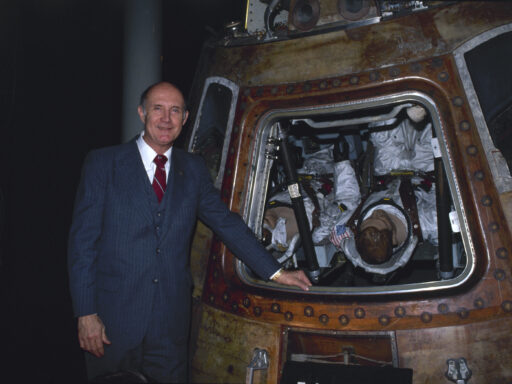
On 18 March 2024, NASA astronaut General Thomas P. Stafford passed away at the age of 93. Stafford was the commander of the Apollo 10 mission which launched on 18 May 1969.
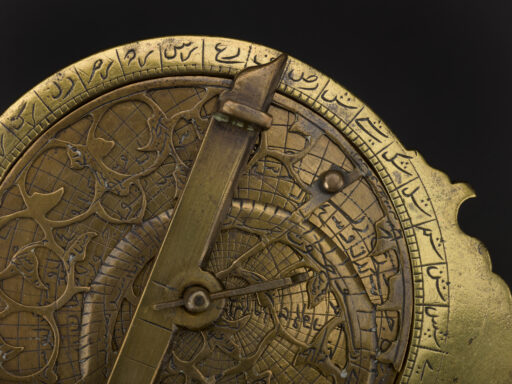
`Abd al-Rahman al-Sufi, a celebrated medieval Persian astronomer from the 10th century, is a key figure in the history of astronomy. He is famed for his great star catalogue, and for making the earliest known reference to a galaxy other than the Milky Way.
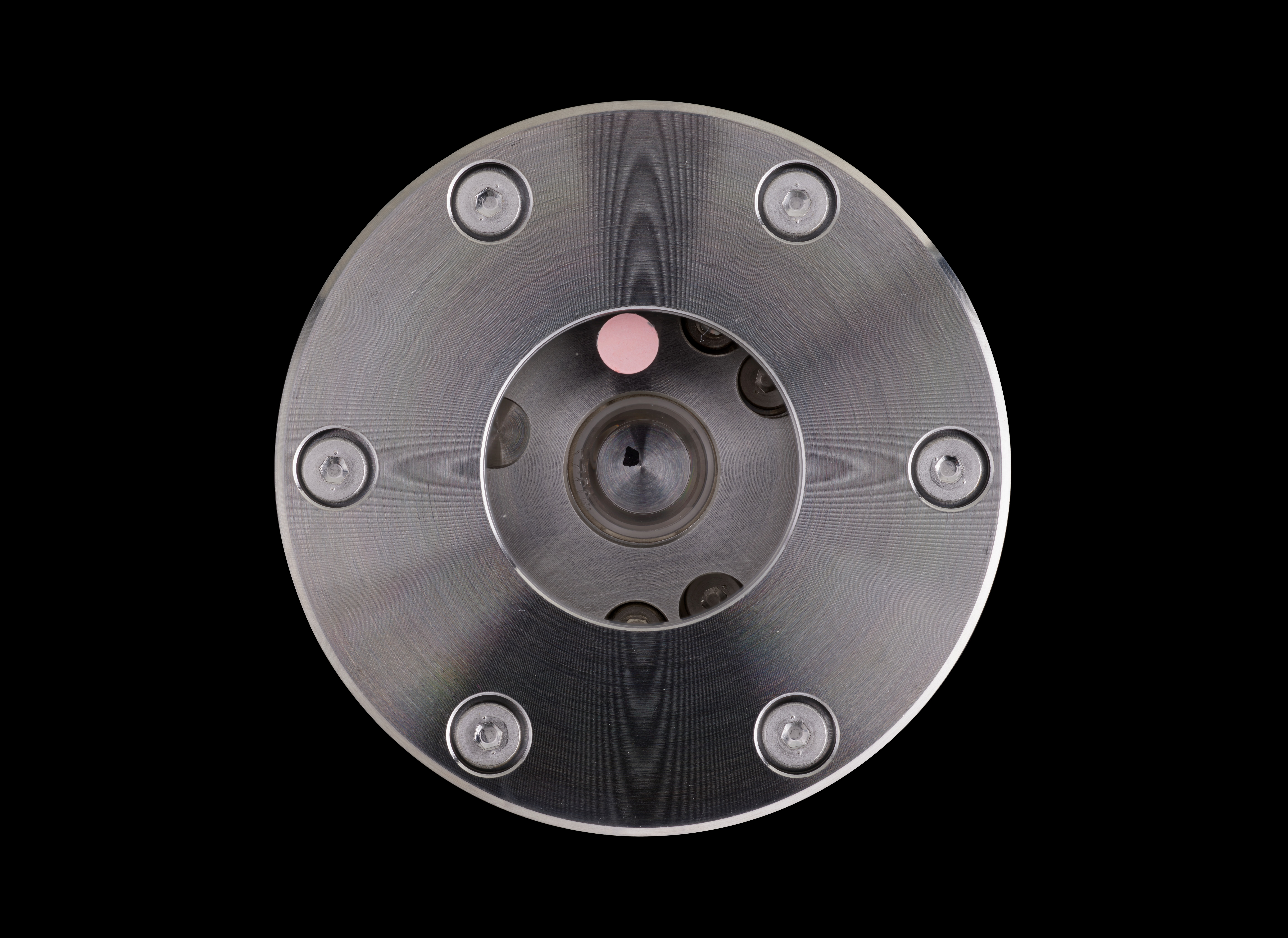
Have you ever seen something older than the Earth itself? A remarkable sample from a 4.6-billion-year-old asteroid is now on display in the museum.
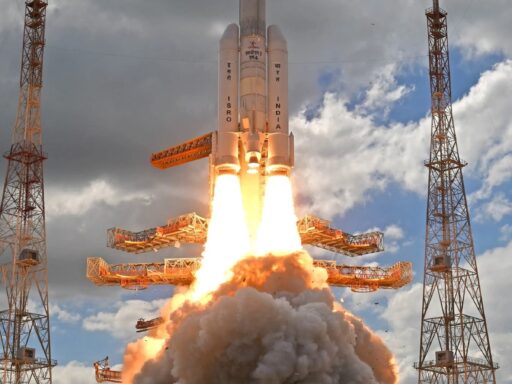
As the world renews its fascination with exploring the Moon, India achieves what no other nation has done before: successfully landing on the lunar south pole.
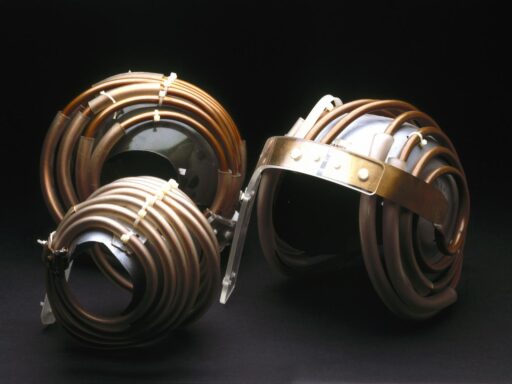
May the 4th be with you! To celebrate Star Wars Day, curator Dr. Glyn Morgan discusses the scientific possibilities of the epic story from a galaxy far, far away…
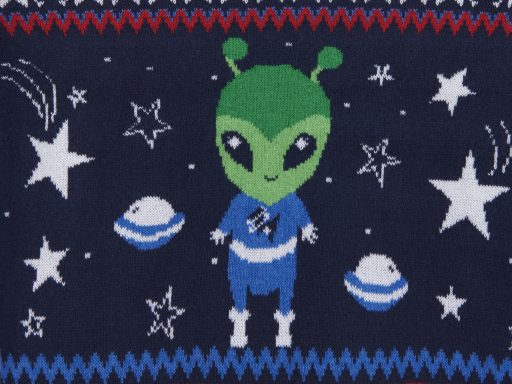
For those that are still looking for some last-minute inspiration, we’ve got you covered with our Christmas Gift Guide.
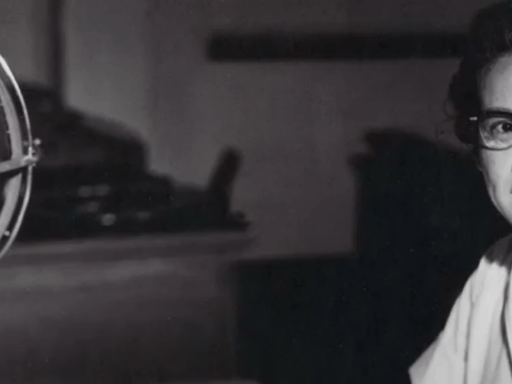
Today, on Katherine Johnson’s 104th birthday, we celebrate her groundbreaking work and the hugely impactful contributions she made towards the Apollo 11 mission in 1969 and many more projects throughout her career working at NASA.
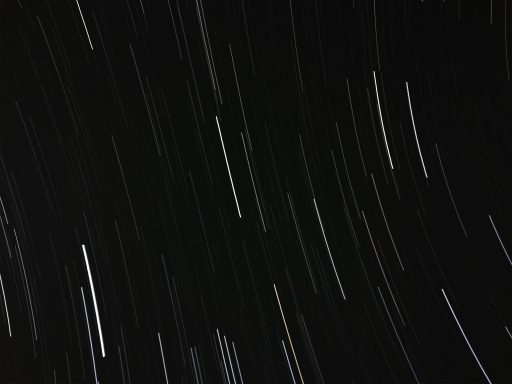
Roger Highfield, Science Director, discusses the extraordinary idea that our universe is but a speck in a vast sea of universes with the Astronomer Royal, Lord Martin Rees.
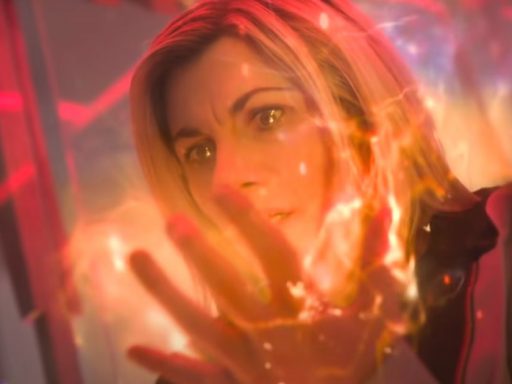
As the latest Doctor is unveiled, Science Director Roger Highfield discusses the science of regeneration with developmental biologist, Sir Jim Smith.
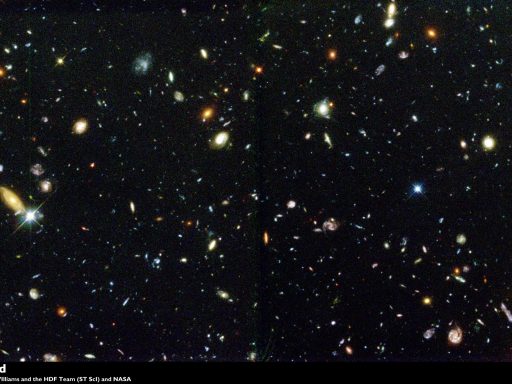
Assistant Curator Heather Bennett introduces us to the James Webb Space Telescope, launching today.